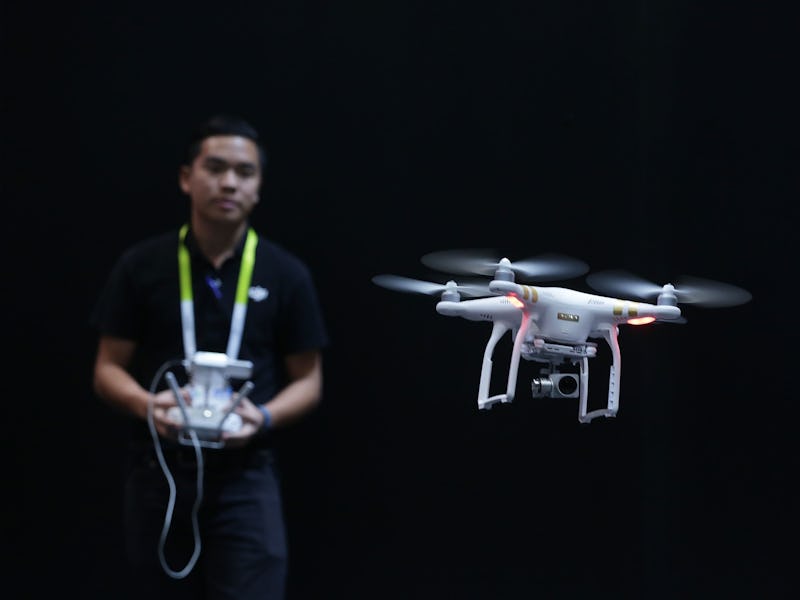The 6 Most Important Differences Between Quadcopters and Fixed-Wing Drones
The age of rotorcraft is over. Long live rotorcraft.

For the past few years, drone pilots did not have a lot of choice when they went UAV shopping. It was pretty much all quadcopter all the time. The questions were mostly about scale, camera mounts, and price point. That has changed and the major signifier of that change is the fixed-wing Disco from Parrot, the company cashing in big on rotorcraft but iterating anyway.
There’s a market shift underway, which is interesting in a business sense, but, for enthusiasts, this moment is really about making a decision between two different flying experiences.
So what gives? Why the sudden swerve to fixed-wing? At its core, the fixed/roto divide comes down to is what you want to do in the air. It’s the advantages an airplane has over a helicopter and vice versa — a peregrine falcon against a hummingbird.
Hovering
A quadcopter wins here, no questions. If you want to take photographs or keep an electric eye out for trouble, staying put in the air means hovering.
Speed
Fixed-wing drones, broadly, should outrun rotorcraft. A selling point Parrot touts about its Disco is that the device hits 50 miles an hour. That’s not to say quadcopters are complete air slugs; a drone kit called the Warpquad can reach 86 mph at full throttle.
Payload
To transport something over long distances quickly, fixed-wing drones are more efficient for all the same reasons that we don’t have jumbo intercontinental helicopters — less fuel for more speed. Google demoed its prototype delivery systems with fixed-wing drones. But if you’re not going too far and you don’t need to go tremendously fast, consumer rotorcrafts like DJI’s S800 can carry 10 pounds in the sky.
Flight Time
Because they’re pound-for-pound more efficient, fixed-wing drones are the focus of long-term flights; Facebook wants its solar-powered fixed-wing, meant to be a platform to beam internet to remote locales, to spend up to three months in the air at a time.
Durability
A quadcopter has more moving parts than a drone with two dumb wings. The comparative ruggedness of fixed-wing (or ease of punching out and replacing a foam wing) makes them appealing for fieldwork like biological or agricultural surveys.
Take-Off
Rotorcrafts have an advantage over fixed-wing drones in that there’s no wind-up to the pitch. Even small fixed-wing drones need, if not a runway, to be thrown by hand. And once in the air, if you want to inspect, say, a construction site or telephone pole, it’s easier for a quadcopter to shoot upward.